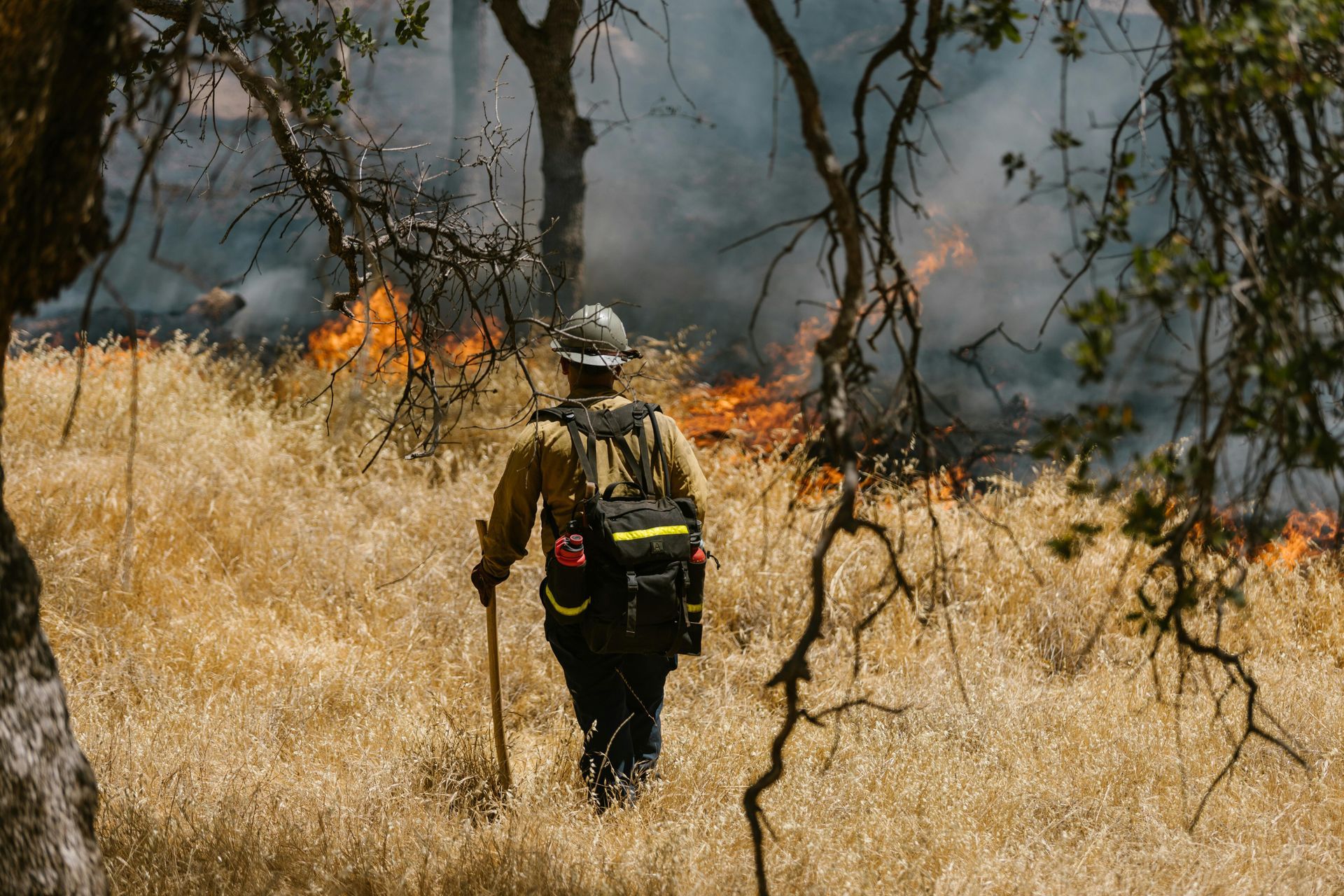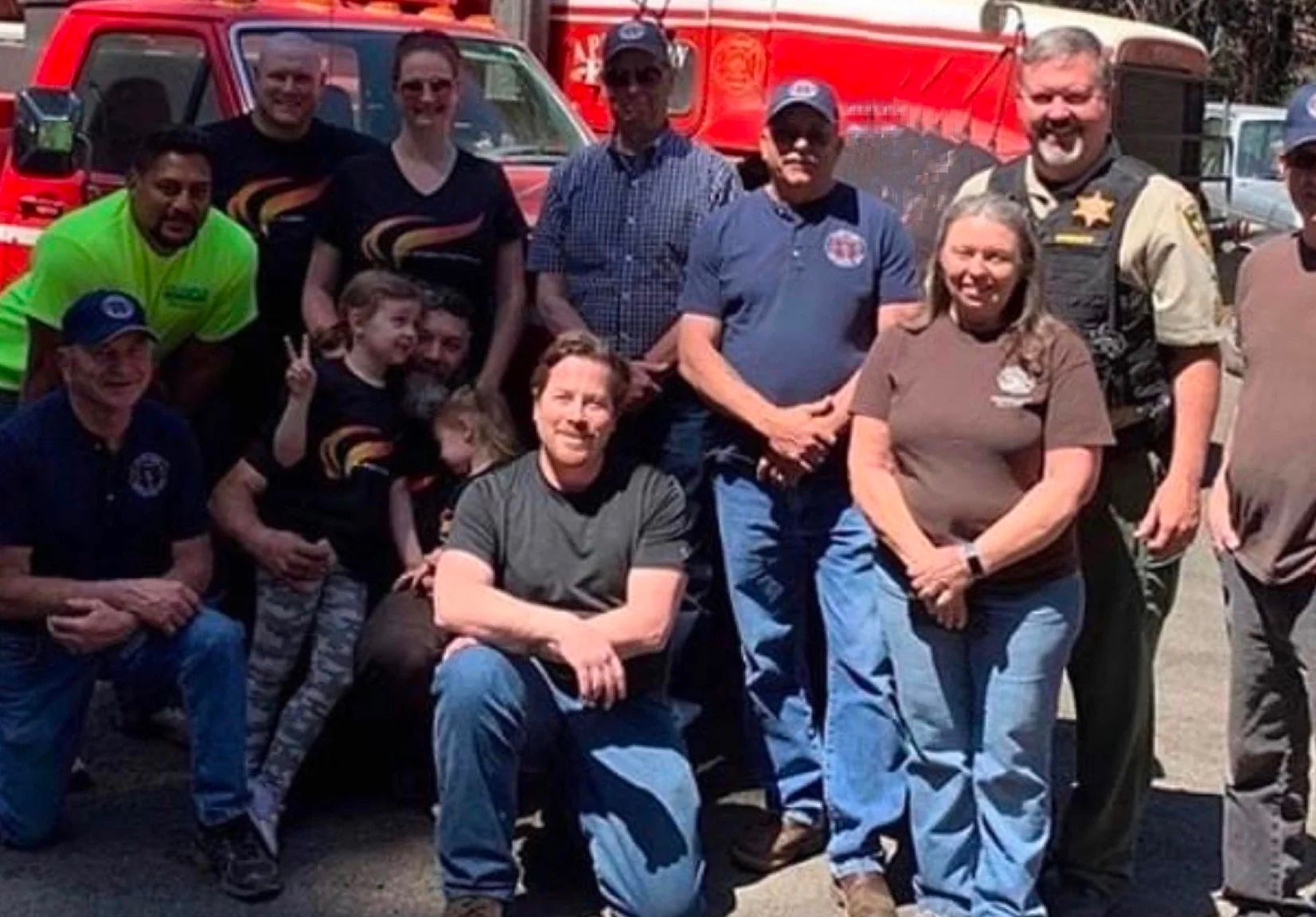10 Most Effective Steps Homeowners Can Take to Minimize the Risk of Wildfires Threatening Their Homes
Wildfires are an increasing threat to communities across the world, particularly in fire-prone regions like the Pacific Northwest. Driven by a combination of climate change, increased development in wildland-urban interface areas, and changing land management practices, wildfires are becoming larger, more frequent, and more destructive. While wildfires are an inevitable part of nature, homeowners can take significant steps to minimize the risk to their homes and reduce their vulnerability.
Here are the 10 most effective steps homeowners can take to protect their homes from wildfires:
1. Create Defensible Space
Creating a defensible space around your home is one of the most effective measures to reduce wildfire risk. A defensible space is a buffer zone around your home where vegetation, debris, and other combustible materials have been cleared or minimized. This space reduces the chance that flames or embers will ignite your property. Experts recommend maintaining at least 30 feet of defensible space, though in high-risk areas, this may extend to 100 feet or more. Here's how to break it down:
- Zone 1 (0-30 feet from the home): Remove dead plants, dry grass, and combustible materials. Trim trees and shrubs, and remove tree branches that hang over your roof.
- Zone 2 (30-100 feet from the home): Thin out trees and shrubs, keeping at least 10 feet of space between tree canopies. Reduce brush and any heavy vegetation.
2. Use Fire-Resistant Building Materials
Homes built with fire-resistant materials are much less likely to ignite during a wildfire. This step is especially important if you're building a new home or remodeling:
- Roofing: Choose fire-resistant materials such as metal, clay tiles, or asphalt shingles rated as Class A for fire resistance.
- Siding: Opt for fire-resistant materials like stucco, fiber-cement siding, brick, or concrete.
- Windows: Install double-paned or tempered glass windows to prevent them from breaking under intense heat.
- Vents: Install metal mesh screens over attic and soffit vents to prevent embers from entering your home.
3. Maintain a Fire-Safe Landscape
Proper landscaping can help slow or stop the spread of fire. Fire-resistant plants can reduce the intensity of a fire if it approaches your home:
- Choose plants with high moisture content, such as succulents and certain perennials.
- Space plants and trees to prevent fire from jumping from one to another.
- Avoid planting combustible materials, like coniferous trees, within 30 feet of your home.
- Keep your lawn and garden well-watered, especially during dry months.
4. Clean Your Gutters and Roof Regularly
Accumulations of leaves, pine needles, and other debris in gutters and on rooftops can become ignition points when embers land on them. Regularly clean out your gutters and remove any debris from your roof. Consider installing gutter guards to prevent debris buildup.
5. Install Ember-Resistant Vents
Embers are one of the most common ways homes catch fire during a wildfire. These small, glowing embers can enter through vents, crawl spaces, or open eaves. Installing ember-resistant vents with metal mesh (no larger than 1/8-inch openings) can help prevent embers from entering your home.
6. Harden Your Home’s Perimeter
In addition to defensible space, focus on hardening the perimeter immediately surrounding your home:
- Remove flammable materials like firewood, propane tanks, or dry leaves stored within 5 feet of your home.
- Use gravel, stone, or other non-combustible materials for ground cover near your home, instead of wood mulch.
- Avoid placing outdoor furniture, especially made of wood or plastic, near your house during fire season.
7. Install Spark Arrestors on Chimneys
Chimneys can be a point of vulnerability during wildfires. Installing a spark arrestor on your chimney can prevent sparks and embers from escaping your home and igniting nearby brush. Ensure the mesh of the arrestor is no larger than ½ inch.
8. Have an Evacuation Plan and Prepare an Emergency Kit
While protecting your home is essential, ensuring your family's safety should always be the top priority. Prepare an evacuation plan in case a wildfire threatens your community. Practice this plan with your family so everyone knows the route and emergency procedures.
In addition, pack an emergency kit that includes essential items such as water, food, medication, important documents, first aid supplies, and clothing. Keep this kit accessible and ready to go in case of an emergency.
9. Upgrade to Fire-Resistant Fencing
Wooden fences can act as a conduit for fire, allowing it to spread to your home. If possible, replace wooden fences near your home with metal or other fire-resistant materials. At a minimum, consider using non-combustible materials for at least the first 5-10 feet of fencing adjacent to your home.
10. Stay Informed and Monitor Wildfire Conditions
Be aware of wildfire risks in your area by monitoring local fire weather reports and subscribing to emergency alerts. Services like the National Interagency Fire Center, Cal Fire, and the National Weather Service provide real-time updates on wildfire activity. Stay vigilant, especially during peak fire season, and have an app or radio handy that can deliver evacuation warnings.
Final Thoughts:
As climate change and increased development in wildland-urban interface areas make wildfires more frequent and severe, it’s important for homeowners to take proactive steps to safeguard their homes and properties. While some of these measures may require an investment, they are crucial for minimizing wildfire risk and protecting both your home and the safety of your family.
By creating defensible space, using fire-resistant materials, maintaining your property, and being prepared for emergencies, you significantly reduce the risk of wildfire damage to your home. These steps not only help to protect individual properties but also contribute to broader community safety by helping to contain fires before they spread further.
Remember, wildfire prevention starts with you. Every step you take to reduce fire risk helps to protect your home, your neighbors, and the community as a whole


